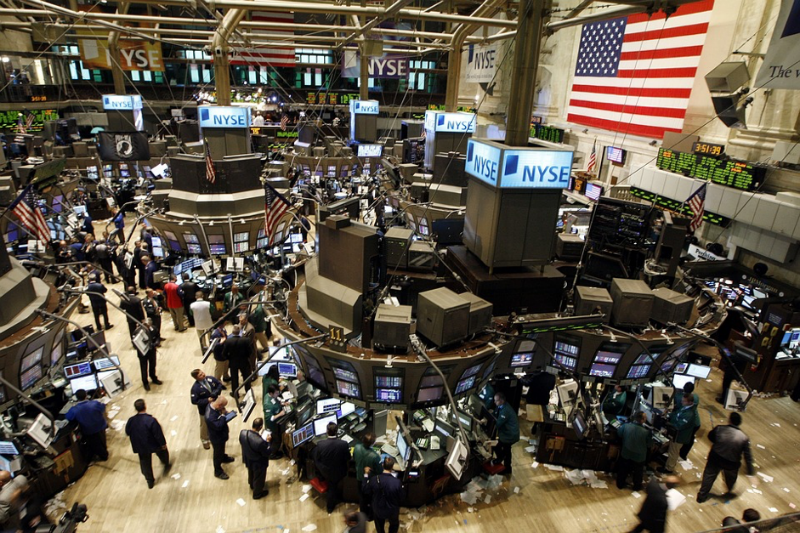How HFT Trading Collapses on Stock Exchanges

Stock markets can be very volatile. A great contribution to this is made by HFT trading. The market situation was not always stable even before the advent of high-frequency trading. So, for example, black Monday of 1987, when stock indices around the world have seriously fallen, is still the largest crash in history.
However, since then, serious changes have occurred, and now experts and analysts call high-frequency traders one of the main factors contributing to the collapse of exchanges. For example, in early February 2018, the S&P 500 index fell 70 points during the trading day, and after that fell 40 points in 10 minutes. According to some experts, this was due to the fact that part of the transactions were made by trading robots. Marketwatch edition disassembled in how exactly HFT-traders contribute to the repetition of similar collapses - we have prepared an adapted version of this material.
Problem # 1: HFT crowds out market makers
The collapse of the stock exchanges in recent years, provoked by the actions of high-frequency traders, some experts explain the changes in the markets. So Joe Saluzzi, co-founder of Themis Trading, compares the February crash of Flash Crash - an instant market crash that happened in 2010. Then the Dow Jones index fell during one trading session by 1000 points. Explaining the reasons for the incident, the expert draws attention to the fact that in the current market structure the role of traditional market makers, who maintain the balance of trading on one security, is declining.
Traditionally, there was an institute of market makers on exchanges around the world who, in simple terms, were responsible for the market situation and the price of specific stocks and were required to maintain it in a stable state. In return, they could buy stocks at a lower price. Now the role of these market participants is increasingly being taken over by high-frequency traders who work on several exchanges at once and, at times of failure, sharply curtail activity, which exacerbates the negative development of events.
Problem # 2: less liability and liquidity
Large brokers and dealers, such as Morgan Stanley and Goldman Sachs, after the financial crisis of 2008 and the increasing attention to their activities on the part of regulators, reduced their traders, and their place was taken by private HFT companies, which have no obligations to anyone and they only strive for maximum earnings. For such companies, the higher the volatility, the better. As a result, high-frequency investors provide liquidity only when the market grows, otherwise they only exacerbate the situation.
In addition, despite the fact that high-frequency traders generate a large number of applications for the purchase and sale of financial instruments, in reality, not all of them lead to increased liquidity. Trading robots generate a large number of orders, which in reality do not lead to transactions, or transactions are not performed with real shares, but with ETF exchange funds .
As a result, there are situations of imbalance in the market, when, with an apparently large volume of trading, real liquidity is small. For example, on the day of the February market crash, operations with 10-12 billion shares were made on major US exchanges - this is the largest trading volume since November 2016.
Other financial and stock market related materials from ITI Capital :
- Educational Resources ITI Capital
- Analytics and market reviews
- How the use of the word “blockchain” allows companies to increase capitalization
- How will the trading of bitcoin futures on the Chicago stock exchange be organized
- Things to do during the holidays: we write robots for trading on the exchange in the scripting language TradeScript
- Where is it more profitable to buy currency: banks vs exchange
